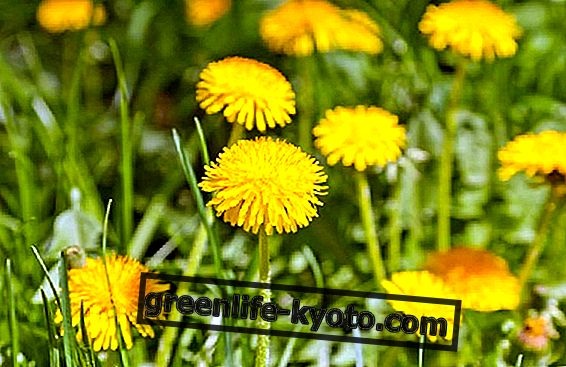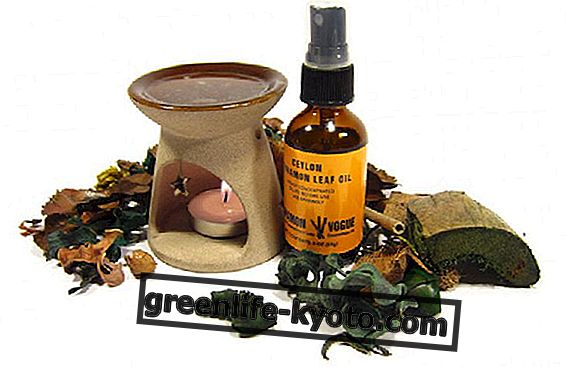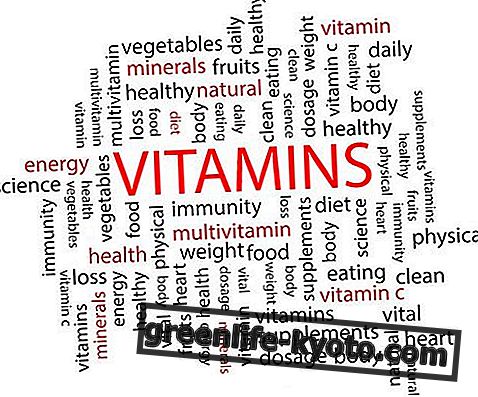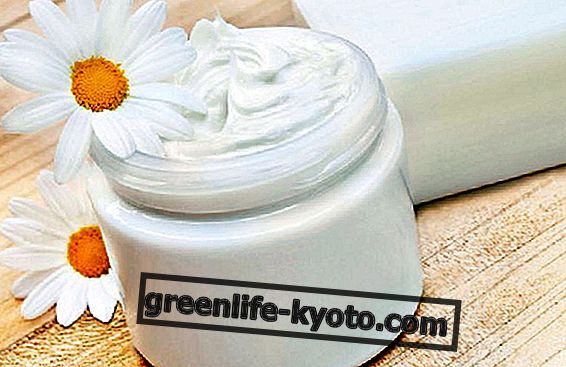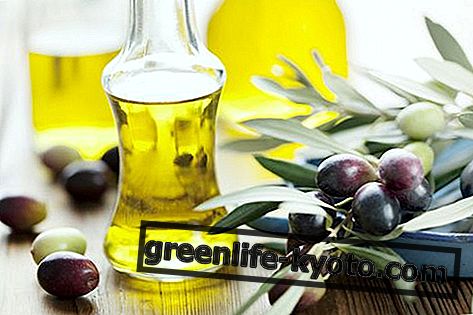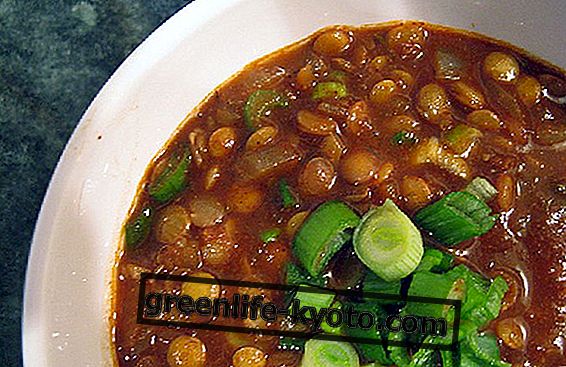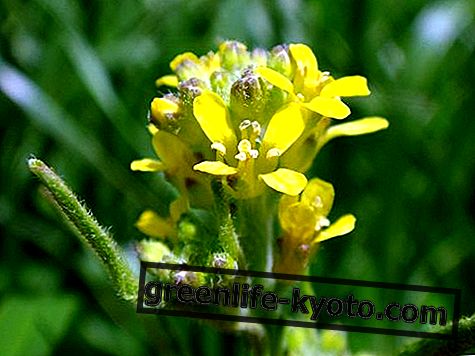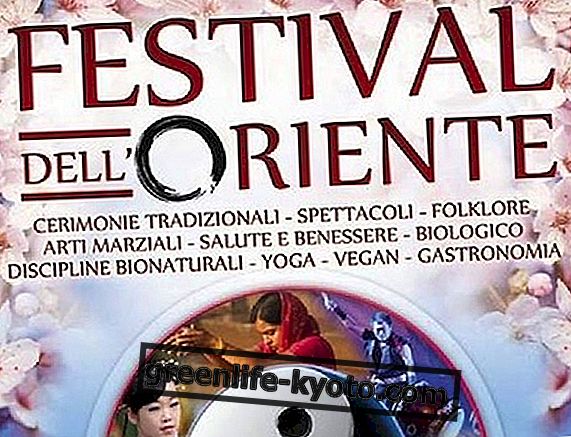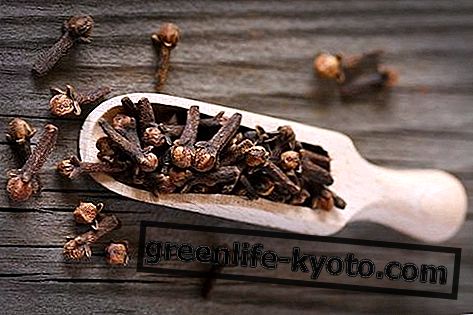
Prevention is done at the table
It is a good rule to always consider, during all the months of the year and during the seasons, those foods that are really good for the organism, in particular the so-called anticancer foods.
Among pumpkins, chestnuts, mushrooms and green leafy vegetables of all sorts, winter is undoubtedly the season in which the table is enriched, but also that during which cancer prevention plays its best cards at the table, the his jokers and aces up his sleeve.
Principles of a healthy diet
From the Veronesi Foundation website, the essential principles for a balanced diet see the daily intake of good doses of fruit and vegetables, at the expense of dangerous animal fats, to be limited or avoided.
Furthermore, according to the Ministry of Health, an adequate consumption of fruit and vegetables would even change the world map of cardiovascular diseases .
As reported by the site itself, with 600 grams of fruit and vegetables per day over 135 thousand deaths, a third of coronary heart disease and 11 percent of strokes would be avoided .
The famous "5 servings per day" arrive on average at 400 grams, the minimum recommended quantity, therefore, for a menu that can be defined as healthy.
The anticancer foods of winter
We know by now, thanks also to the useful cancer prevention campaigns carried out by Airc that the cabbage family is part of the top ten for the fight against tumors, here is the list of the main anti-cancer foods of the cold season:
> Cabbages and crucifers - broccoli, Brussels sprouts, cauliflowers of all colors, cabbage, black cabbages - are a real anticancer barrier, as shown by various researches, those who consume five or more portions of cabbage week, thanks to the presence of substances called glucosinolates, sees the risk of developing certain types of cancer reduced (Airc). The best thing is to consume them raw, or steamed or jumping for a few minutes.
> Mushrooms : thanks to the presence of certain polysaccharides, fungi are an important antitumor food source.
In addition to the local mushrooms - honey mushrooms, porcini mushrooms, champignons, orecchiette or mumps - there are also the Japanese the enokitake and the shiitake, now easily available dried also in the Italian supermarkets and in the exotic food shops, besides via the web.
> Citrus fruits : especially oranges, but also mandarins, clementines, mapo, grapefruits - are foods rich in vitamin C, an important source of well-being for the body. Excellent for the prevention of tumors in the digestive tract, citrus fruits facilitate the detoxification process from carcinogenic substances.
Do not use them only for the juice, but go crazy with special orange salads, as the tasty Sicilian salad recipe with oranges, fennel and black olives teaches.
> Chocolate : the cold arrives, chocolate peeps into our homes. This is not a bad habit, but if we talk about dark chocolate, we are faced with a healthy dietary choice.
Rich in polyphenols, chocolate is even better than the classic glass of red wine with a meal or a cup of green tea.
But pay attention to the percentage : do not go below 75-80% otherwise you risk getting full of calories!
Read to know : " Man's food." d i Franco Berrino

